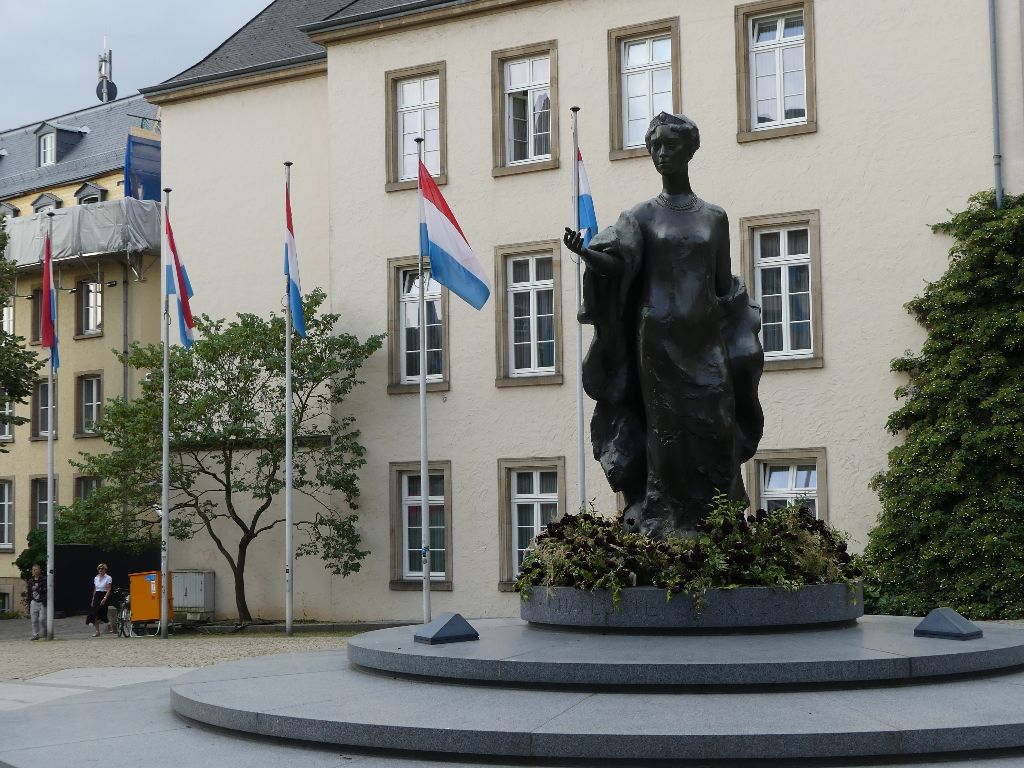
Taxable rental income
Rental income is made up of rents received from rented properties, whether or not these properties are furnished. The income from the rental of a property located in Luxembourg is determined according to the following rule: taxable income = rent received – costs of obtaining the property.
Only income actually received and expenses actually paid are taken into consideration (for example, an invoice received but not paid is not deductible).
Obtaining costs include :
– Depreciation ;
– Maintenance and repair costs
– Interest;
Obtaining costs remain deductible even if there is a temporary lack of income (e.g. because the property undergoes renovations between two rental periods or is slow to find a tenant).
Depreciation
THE BASIS FOR DEPRECIATION
Depreciation is the loss in economic value of the building.
The depreciation basis is normally the purchase price of the building (excluding the price of the land) plus the costs of the deed (i.e. the notary’s fees, without taking into account the costs of any mortgage loan, such as the costs of opening a loan) and the capital expenditure (i.e. the work to add significant value to the building).
Where the price of the land is not distinguished in the notarial purchase deed, a flat rate of 20% is retained.
The deed costs must be broken down between the land and the building
Example: a taxpayer buys a property for EUR 800,000 and pays EUR 80,000 in notary fees. The depreciation basis of the property will be (800,000 + 80,000) x 80% = EUR 704,000.
The depreciation basis for property acquired by gift or inheritance (i.e. “free of charge”) is the acquisition cost borne by the last purchaser for consideration.
Property purchased before 1941 may be valued at three times its unit value.
THE RATE OF DEPRECIATION
The rate of depreciation of the building depends on the use made of it.
For buildings used for rental accommodation, the situation will depend on whether the building was purchased before or after 1 January 2021.
Buildings used for housing acquired (or completed) before 1 January 2021
– if completion is < 6 years: 6%.
– if completion is between 6 and 60 years: 2%.
– if completion is > 60 years: 3%.
Buildings for housing purposes acquired (or completed) after 1 January 2021
– if completion < 5 years: 4% + additional allowance of 1% up to € 10,000 (doubled in case of collective taxation)
– if completion is between 5 and 60 years: 2
– if completion is > 60 years: 3%.
In addition, in both cases, energy renovation work carried out in buildings used for rental accommodation and having given rise to financial assistance from the Ministry of the Environment may benefit from a depreciation rate of 6% for 10 years1.
For buildings other than those used for housing
– if completion < 30 years: 1.5
– if completion is between 30 and 60 years: 2%.
– if completion > 60 years: 3%.
Industrial and hotel buildings are however excluded from this flat rate depreciation scheme and must be depreciated over their useful life.
In each of these situations, where the property is acquired during the year, the amount of depreciation is adjusted pro rata temporis.
For buildings acquired before 1941 and valued at three times their unit value, the depreciation rate to be applied is 2.5%.
It should be noted that depreciation is not limited in time and is applied as long as the property is let.
It should also be noted that in all cases the determining factor is not the length of ownership but the age of the building.
Maintenance and repair costs
These costs correspond to the expenses incurred to keep the building in good condition (painting, repairs to the roof, facade, etc.).
These expenses are to be distinguished from investment expenses, which are intended to give a significantly higher value to the building, either by changing its nature (conversion of an office into housing, for example), or by making significant improvements (installation of a lift, for example), or by enlarging the building (fitting out the attic, for example).
The administration considers that capital expenditure is incurred when the total expenditure represents more than 20% of the acquisition value of the building.
Whereas maintenance expenses are deductible in the year in which they are paid, investment expenses will constitute the basis for depreciation of the building and will therefore be deductible as depreciation. The depreciation rate for capital expenditure is in principle that of the building, except where the investments have the effect of providing a substantially higher level of additional comfort than a rental property, in which case the taxpayer may depreciate the new investments at the rate of 6% for 6 years.
However, the taxpayer may request that maintenance expenses be spread over 2 to 5 years if they represent more than 50% of the annual rent received. If the building is finally used as the owner’s main residence, the non-deducted part of the expenses remains deductible over the period of the deferral. On the other hand, if the building is sold, the non-deducted deferred part becomes fully deductible in the year of sale.
FLAT-RATE DEDUCTION
The taxpayer may opt for a flat-rate deduction of 35% of the rent received instead of depreciation expenses and maintenance and repair costs as soon as the building has been completed for at least 15 years.
However, this deduction is limited to EUR 2,700 per year and per property, which in fact means that all properties with a rent of more than EUR 650 per month (which is very often the case in Luxembourg) are excluded. If the taxpayer has opted for this flat-rate method and finally decides to revert to the actual calculation, this is perfectly possible, but the taxpayer will have to wait 15 years before being able to apply the flat-rate method again.
Interests
Interest paid on a loan for a rented property is deductible without limitation.
The same applies to ancillary financing costs such as financing file fees, mortgage fees, bank commissions, etc.
However, there is a ceiling on interest on the principal residence:
– 2,000 € for the first 6 years of occupation
– 1,500 for the next 5 years
– 1,000 for the following years
These limits are increased by the same amount for the spouse and each child.
The limitation on the deductibility of interest can, in part, be circumvented by means of an interest subsidy from the employer.
However, it should be borne in mind that as long as the house is not at the disposal of the owner, the interest remains fully deductible.
Example: a married couple with one child move into their previously renovated house on 1 July 2020. The couple paid €14,000 in interest to the bank in 2017 and €2,000 for the mortgage deed on 1 February 2020.
Vacancy period: until 30 June 2020
– Mortgage deed costs = €2,000
– Interest 14,000*6/12 = €7,000
Occupancy period: from 30 June to 31 December 2020
– Interest of 14,000*6/12 = € 7,000
– Ceiling 3*2000 = € 6,000
Negative income = € 15,000
The single premium for a “outstanding balance” insurance contracted on the occasion of the purchase of a main residence is deductible according to a specific ceiling (ceiling of 6,000 EUR increased by 1,200 EUR per dependent child and by 8% per year beyond the 30th).
(source: LPG Fiduciaire)



 +352 33 66 67-1
+352 33 66 67-1

